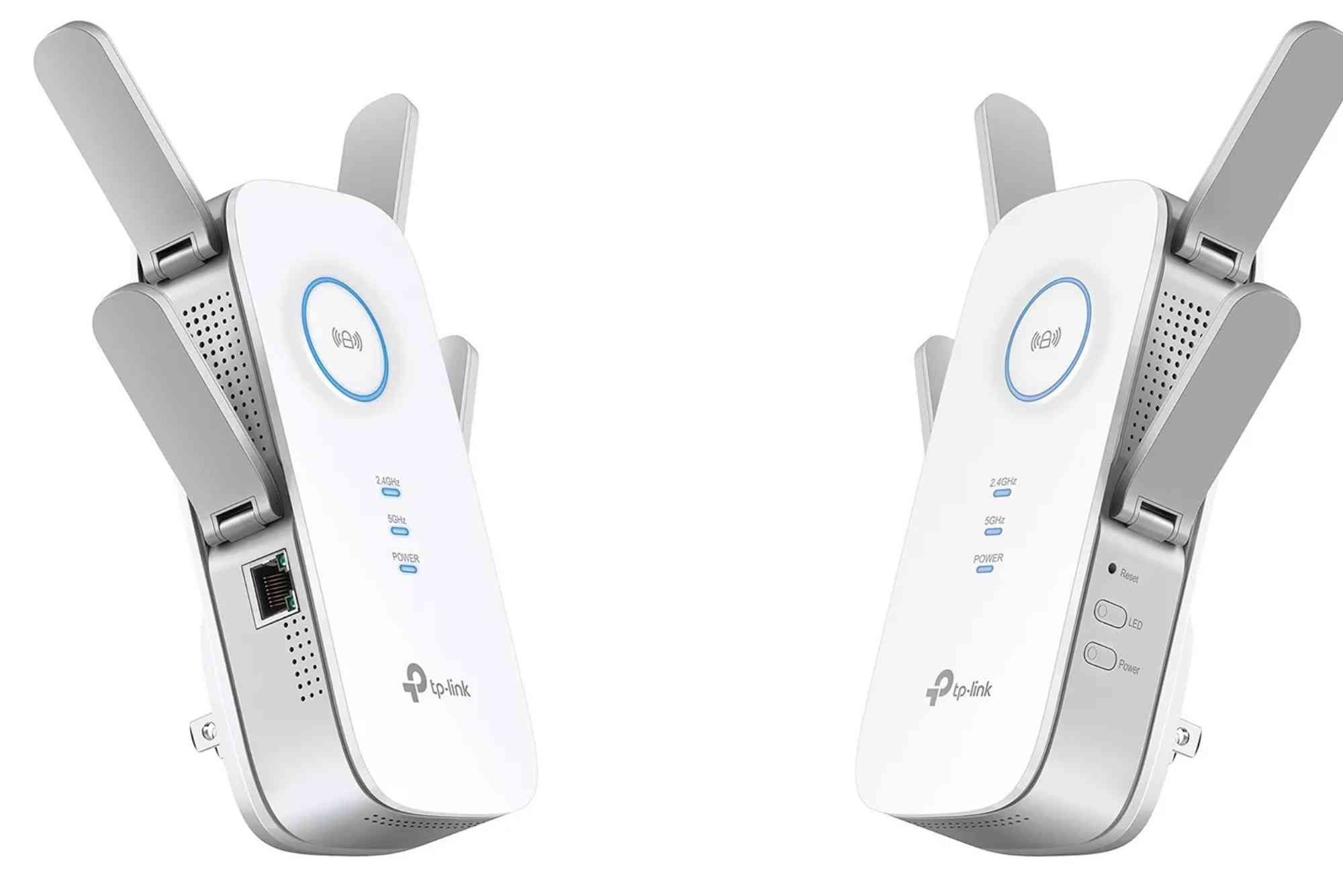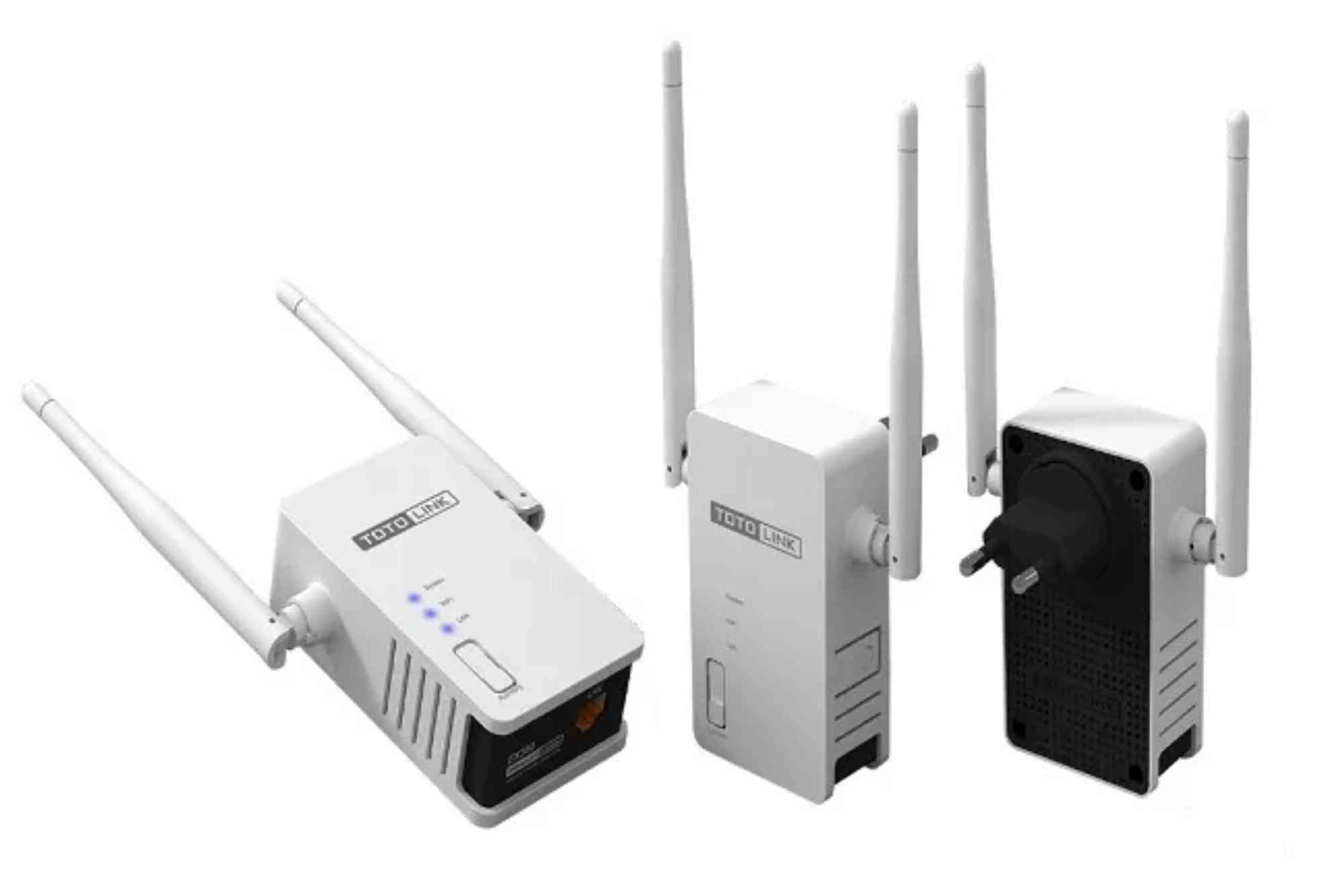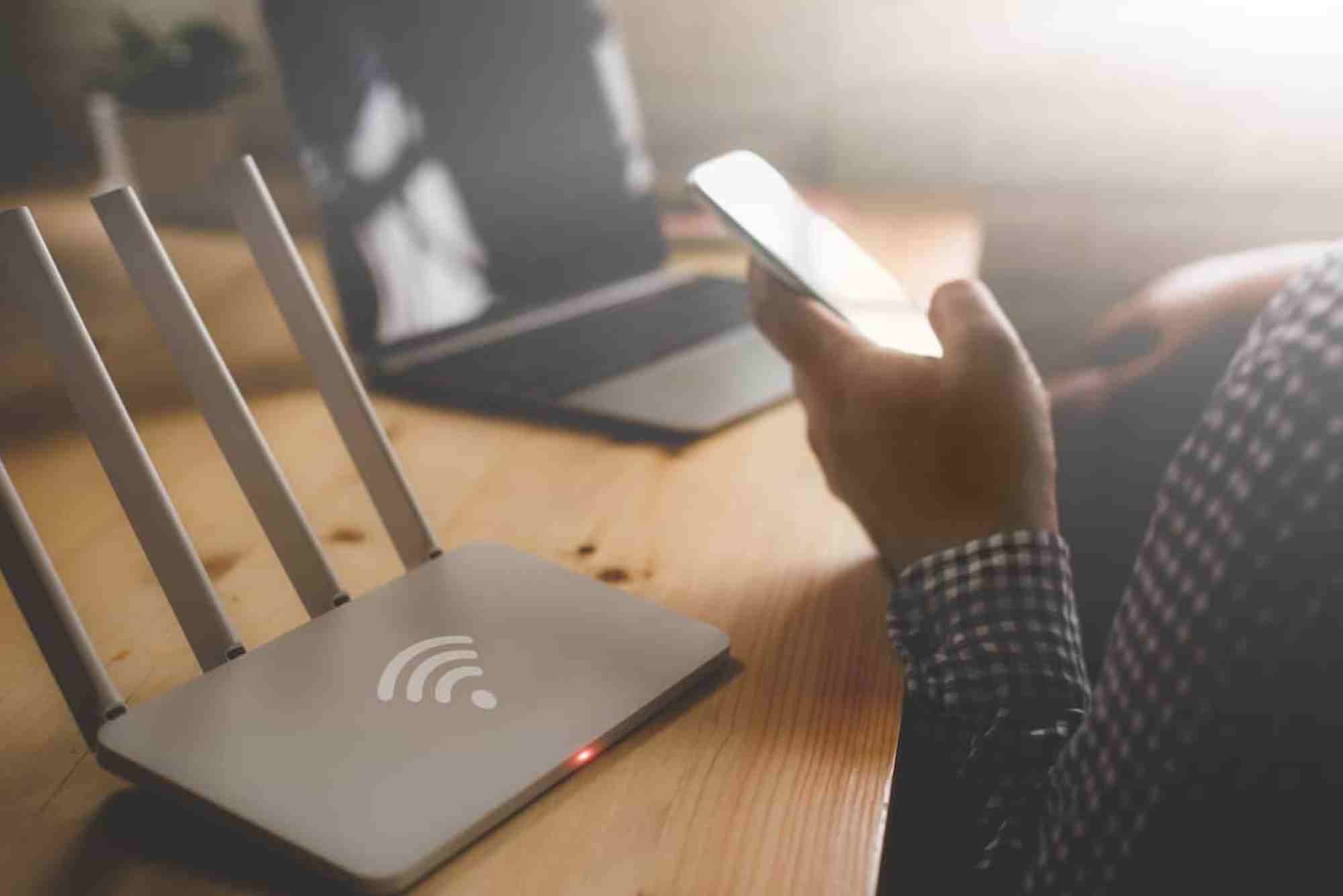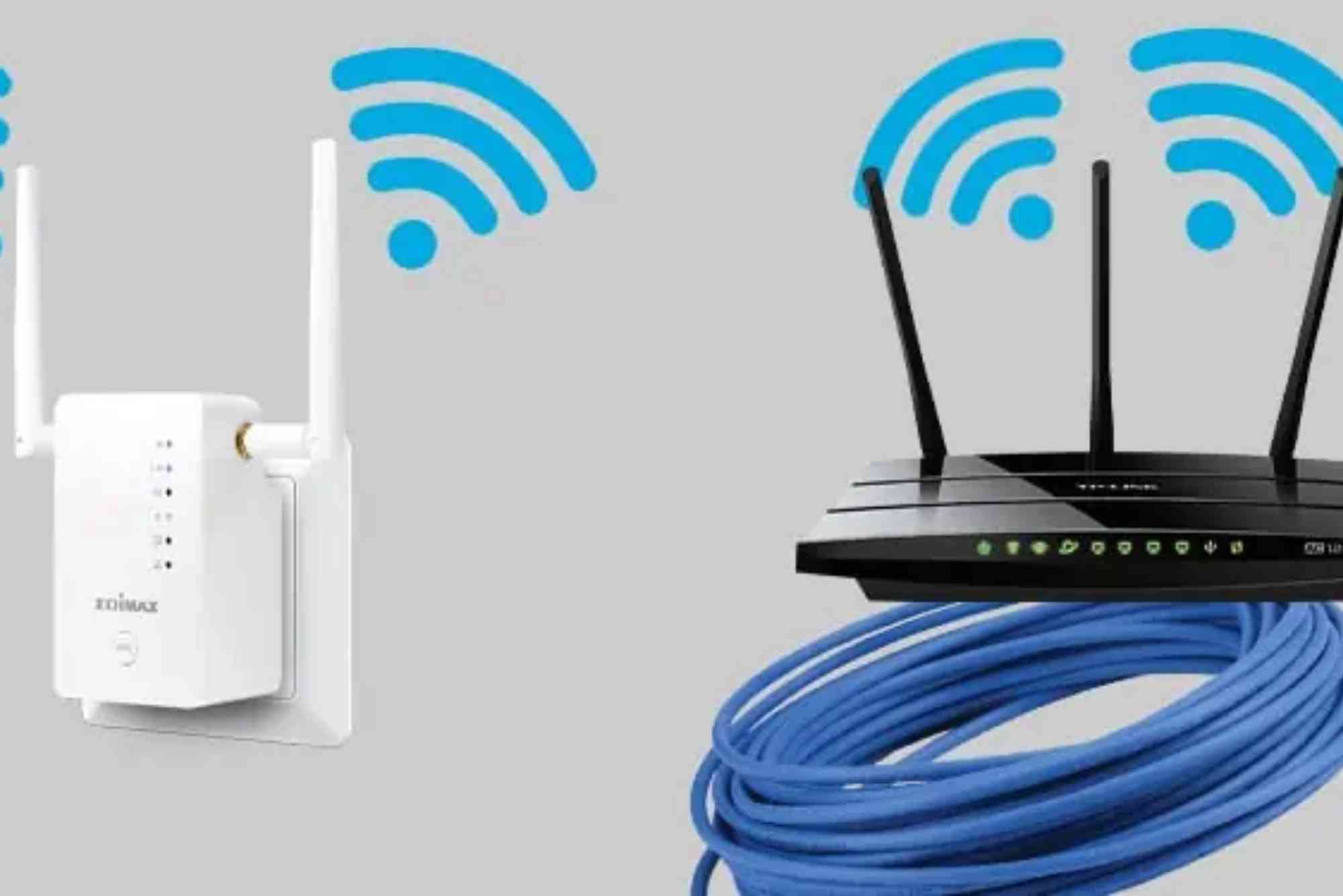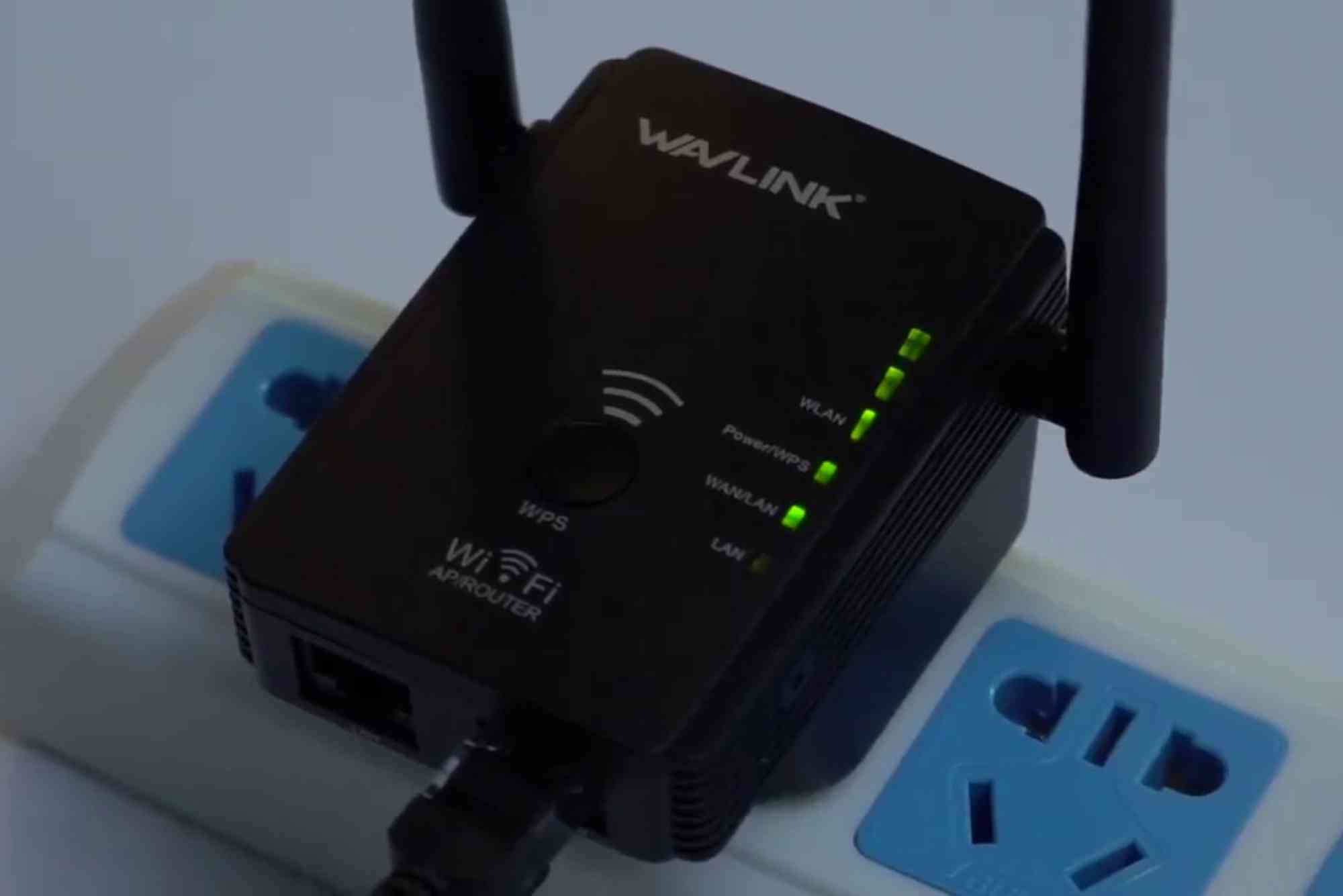Introduction
When setting up or managing your home or office internet, understanding how to log in to your DSL router using 192.168 l0 1 DSL router IP address is essential. However, many users encounter confusion due to typing errors or lack of technical guidance. This article will walk you through everything you need to know about accessing your router via 192.168 l0 1, configuring its settings, solving common issues, and ensuring your network is secure.
Whether you’re troubleshooting connectivity issues, changing Wi-Fi passwords, or improving speed, knowing how to handle your router admin panel can save time and money.
What Is 192.168 l0 1 DSL Router?
At first glance, 192.168 l0 1 DSL router might appear like a valid IP address, but there’s a catch. The correct IP address is 192.168.10.1, not 192.168 l0 1. The confusion comes from mistaking the number zero (0) for the letter “l” or vice versa. Once corrected, this IP allows users to log in to the router’s control panel to manage configurations like firewall settings, wireless networks, and more.
Why Is 192.168.10.1 Used?
This IP address is part of a private range reserved for local network devices. Routers from brands like PTCL, Digisol, and Trendnet often use 192.168.10.1 as their default gateway. It provides access to the admin console where settings such as bandwidth control, device management, parental controls, and firmware updates are managed.
How to Log in to 192.168 l0 1 DSL Router
Logging in to your router’s admin panel is simple—if you have the correct address and login credentials.
Steps to Access the Admin Panel
-
Open your preferred browser.
-
Type http://192.168.10.1 into the address bar (not the search bar).
-
Press Enter.
-
A login screen will appear asking for a username and password.
-
Use the default credentials if you haven’t changed them. Common examples:
Username: admi
- Password: admin or password
If you’ve forgotten the credentials, you may need to reset the router to factory settings.
Common Issues When Accessing 192.168 l0 1 DSL Router
Even with the correct IP address, users can run into roadblocks. Here’s how to solve them.
Incorrect IP Entry
Typing 192.168 l0 1 (with an “l” or space) instead of 192.168.10.1 is the most common issue. Always ensure you’re entering it as four segments of numbers separated by dots.
No Response from IP Address
If nothing happens after entering the IP, try these fixes:
-
Ensure you’re connected to the router (via Wi-Fi or LAN).
-
Restart your router and browser.
-
Disable VPNs or proxy settings temporarily.
-
Use the command prompt and type
ipconfigto verify the default gateway.
Forgot Login Credentials
If the default login doesn’t work, someone may have changed it. To fix this:
-
Look for a reset button on your router.
-
Press and hold it for 10–15 seconds using a pin or paperclip.
-
Wait for the router to reboot.
-
Try logging in with the default credentials again.
Configurations After Logging in
Once inside the admin panel, a variety of settings are available to optimize your connection and improve security.
Change Wi-Fi Name and Password
-
Navigate to the Wireless Settings section.
-
Change the SSID (Network Name) to something unique.
-
Update the Wi-Fi password under WPA2 or WPA3 settings.
Set Up MAC Filtering
This adds a layer of protection by allowing only certain devices to connect to your network.
-
Find MAC Filtering or Access Control.
-
Enable the feature.
-
Add the MAC addresses of trusted devices.
Update Firmware
Outdated firmware can expose your network to security risks and poor performance.
-
Go to the Firmware Update tab.
-
Check for available updates.
-
Follow on-screen instructions (do not power off during update).
Adjust Bandwidth and Parental Controls
You can limit internet speed for certain devices or restrict access to specific websites using:
-
QoS Settings for bandwidth control
-
Parental Control or Access Time Management
Security Tips for DSL Routers Using 192.168.10.1
Keeping your network secure is just as important as having it running.
Change Default Login Details
Hackers often exploit default credentials. Navigate to Admin Settings and:
-
Change the username.
-
Set a strong password with numbers, symbols, and uppercase letters.
Disable Remote Access
Unless necessary, disable remote access to prevent external login attempts.
Use WPA3 Encryption
If your router supports it, switch from WPA2 to WPA3 encryption for stronger security.
When to Reset Your Router
If you’ve exhausted all options and still can’t access the 192.168 l0 1 DSL router login page, it may be time to reset your device. Remember:
-
Resetting deletes all custom settings.
-
Back up important configurations if possible.
After a reset:
-
Reconnect to the default Wi-Fi network.
-
Log in via 192.168.10.1.
-
Reconfigure your router settings.
Router Brands That Use 192.168.10.1
Several DSL and cable router brands use this IP as their admin login. These include:
-
PTCL
-
Digisol
-
Trendnet
-
Nexxt Solutions
-
EnGenius
Check the back of your router or the manual for confirmation.
FAQs
What is 192.168 l0 1 DSL router?
192.168 l0 1 DSL router is a commonly mistyped version of 192.168.10.1, which is a private IP address used to access DSL router settings. It allows users to log in and manage their router’s configurations.
Why can’t I access 192.168 l0 1?
The IP address you entered may be incorrect. Double-check that you’re typing 192.168.10.1 with dots and numbers only. Also, make sure you’re connected to the router’s network.
How do I find my router’s IP address?
To find your router’s actual IP:
-
On Windows: Open Command Prompt and type
ipconfig. Look for “Default Gateway.” -
On Mac: Go to System Preferences > Network > Advanced > TCP/IP tab.
What should I do if the login credentials don’t work?
If default credentials don’t work and you can’t remember your custom ones:
-
Perform a hard reset of the router.
-
Use the reset pinhole button, hold for 10–15 seconds.
-
Retry login with default credentials after the reset.
Is 192.168.10.1 the same for all routers?
No, but many routers use 192.168.10.1 as the default gateway. Others may use 192.168.0.1 or 192.168.1.1. Always verify from the router label or manual.
Expert Help for Router Issues
If you’re still facing issues with your 192.168 l0 1 DSL router, it may be time to contact a professional. Whether it’s advanced configuration or a physical hardware problem, technical support can provide the solution you need. We recommend checking the Dhanote IT Park Help Center for personalized assistance and fast resolutions to any connectivity problems.
Take Control of Your DSL Router
Understanding how to access and manage your 192.168 l0 1 DSL router can greatly improve your internet experience. From boosting Wi-Fi speed to securing your network, every setting in the admin panel plays a vital role. Just make sure you’re typing the correct IP address: 192.168.10.1.

